







| Mute Swan (Cygnus olor (Gmelin, 1789)) |








|
|
Scientific name: Cygnus olor (Gmelin, 1789) Common name: Mute Swan French name: Cygne tuberculé Order: Anseriformes Family: Anatidae Size: Body size: 125 cm; Wingspan: 200 to 250 cm; Weight : 9 to 13 Kg Habitat: Bays, marshes, lakes, ponds, coastal areas. Food: Essentially vegetarian grazing on grassy areas. It sometimes eats molluscs and aquatic insects. Nesting: The nest is a large mound of reeds and grasses located near water. Females lay 5 to 12 eggs between April and May. Cygnets go to water as soon as they hatch out. They sometimes climb on adults' back. Migration: Sedentary, but northern birds move southwards in winter. Geographic area: Europe, Asia, Canada, rare in North Africa. Introduced to the United States, to Australia and to South Africa. |
The Mute Swan is a pure white large bird. The bill is orange red. There is a big black knob of skin at the base of the bill. This knob swells on males in spring. Juveniles are greyish brown and only become a pure white colour at their second winter. The Mute swan is usually, as its name implies, mute. It sometimes produces weak and soft sounds. It is well known by the sound of the wings during flight, with neck and head outstretched. It needs a rather long distance on water to take off. |
| [To know more about the Mute Swan] [Next picture] [Top] |
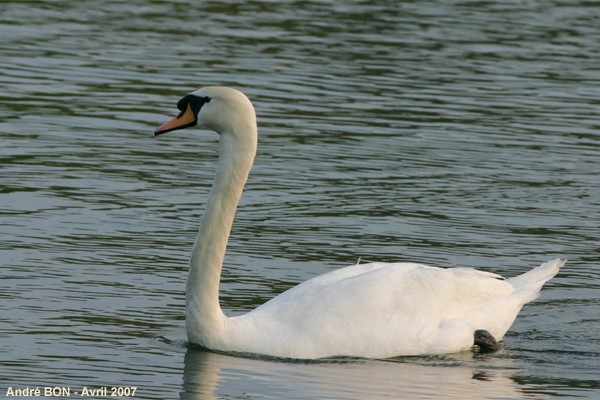
|
The Mute Swan is certainly the largest bird in my picture collection (I do not consider the Ostriches and the Bustards I have photographed some years ago in Africa). |
| [To know more about the Mute Swan] [Next picture] [Previous picture] [Top] |

|
Mute Swans are not very shy birds, especially in parks like here in Hyde Park. |
| [To know more about the Mute Swan] [Next picture] [Previous picture] [Top] |
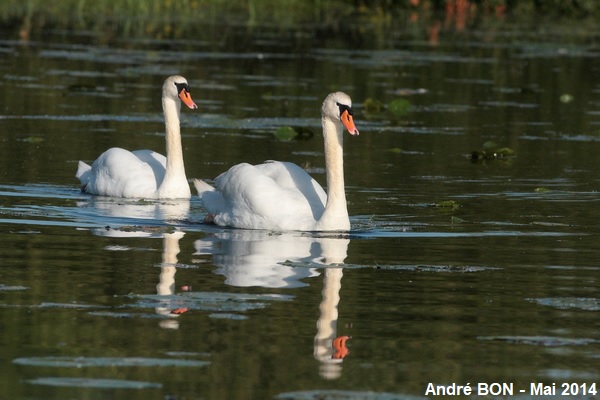
|
For about ten years, Mute Swan populations have been significantly increasing in the lower part of the Doubs valley. |
| [To know more about the Mute Swan] [Next picture] [Previous picture] [Top] |
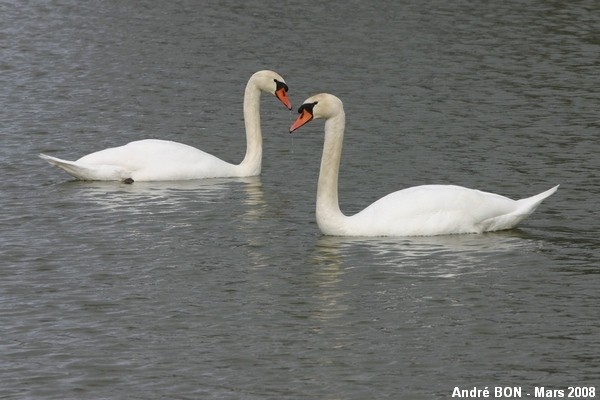
|
It is said that Mute Swan pairs are faithful for life. I have read the opposite, telling that this faithfulness sometimes only lasts one year. |
| [To know more about the Mute Swan] [Next picture] [Previous picture] [Top] |
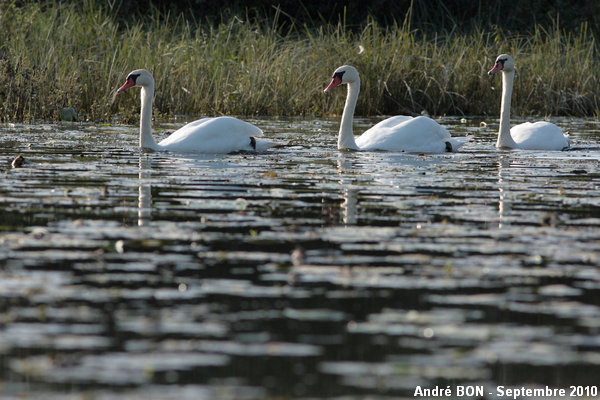
|
Joe, Jack and Averell. |
| [To know more about the Mute Swan] [Next picture] [Previous picture] [Top] |
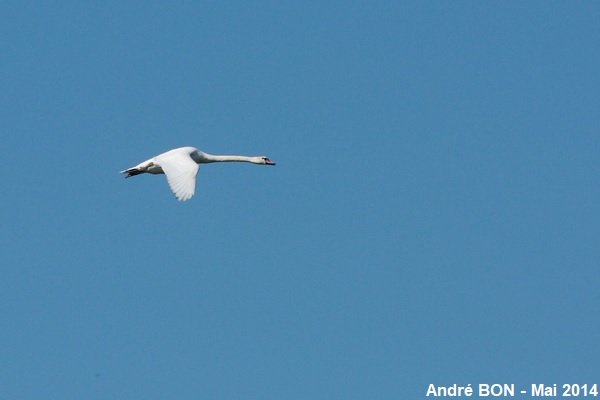
|
Here is one picture in flight that I will try to replace by a closer view. The sound of the wings is often the first sign of the presence of a Mute Swan in flight before you see it. |
| [To know more about the Mute Swan] [Next picture] [Previous picture] [Top] |
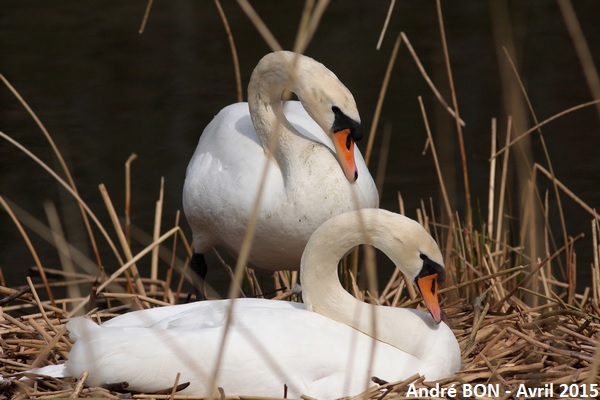
|
It is two or three years since a pair of Mute Swans nests in this location of the reed bed on the edge of a pond. The footpath that passes nearby allows you to make beautiful observations without apparent disturbance. |
| [To know more about the Mute Swan] [Previous picture] [Top] |
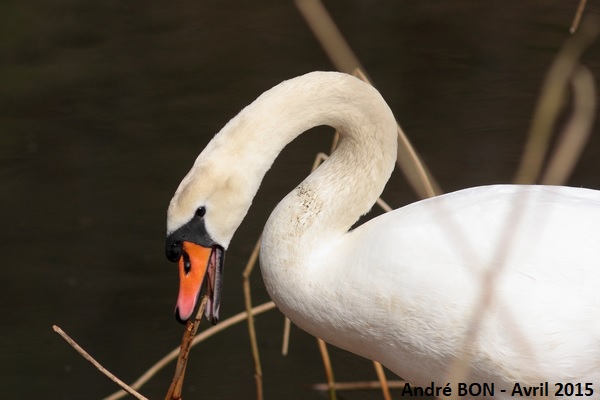
|
Collect of materials for the construction of the nest. |